Among survivors of non-small cell lung cancer, nearly 8% developed non-lung secondary cancers over about 6 years, and this risk may be driven by genetic factors.
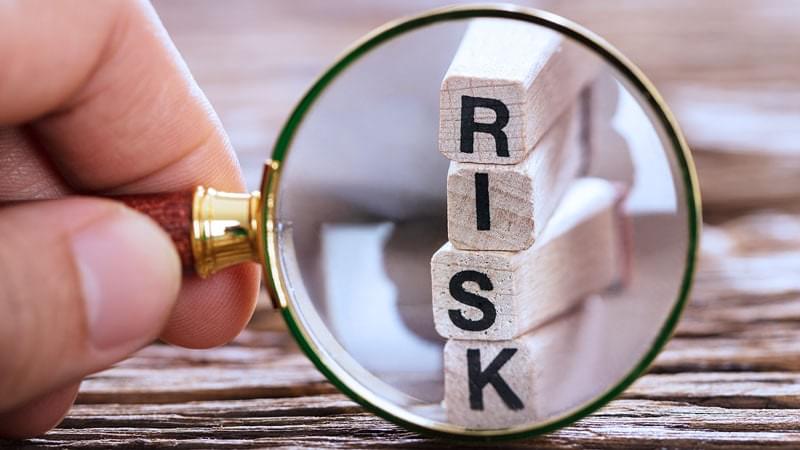

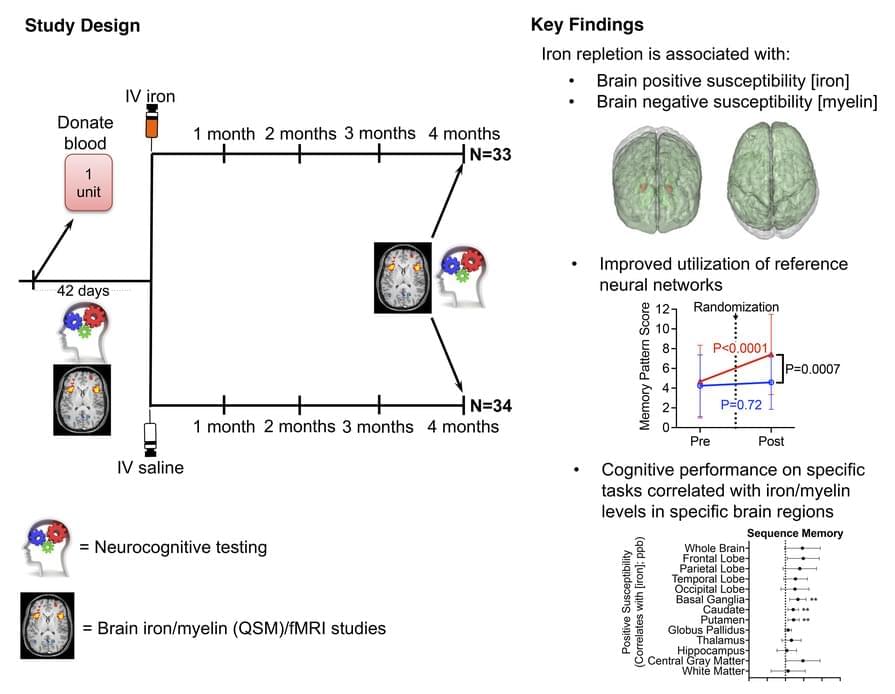
Steven L. Spitalnik & team report on a double-blind randomized trial for iron-deficient blood donors, finding treatment appears to affect brain function, brain iron, and myelin levels:
The heatmap images highlight the trend for increased iron in most brain regions.
1Department of Pathology and Cell Biology, and.
2Cognitive Neuroscience Division in Neurology, Columbia University College of Physicians and Surgeons, New York Presbyterian Hospital, New York, New York, USA.
3Department of Radiology, Weill Cornell Medical College, New York, New York, USA.
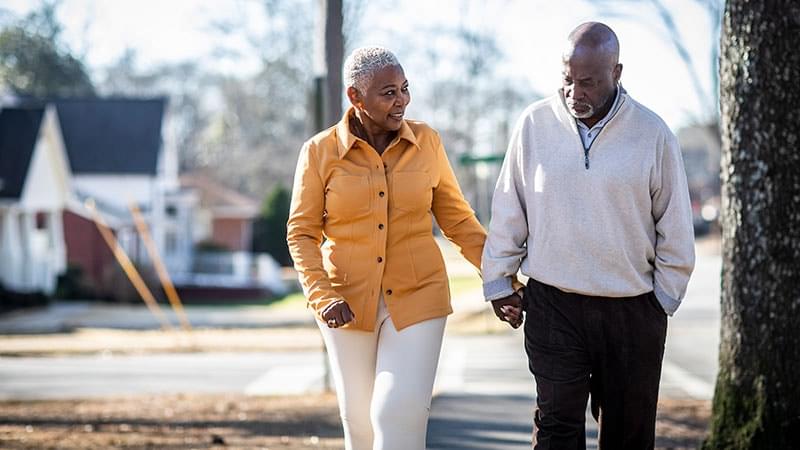
Adults with chronic heart failure with reduced ejection fraction (HFrEF) who wore a lightweight exosuit during exercise showed significant improvements in the 6-minute walk distance and daily step counts, which were not statistically significant in those who received nonassisted conventional exercise training.
Robot-assisted training with a lightweight exosuit may help patients with advanced heart failure walk more and help them stay engaged in rehabilitation, a study finds.
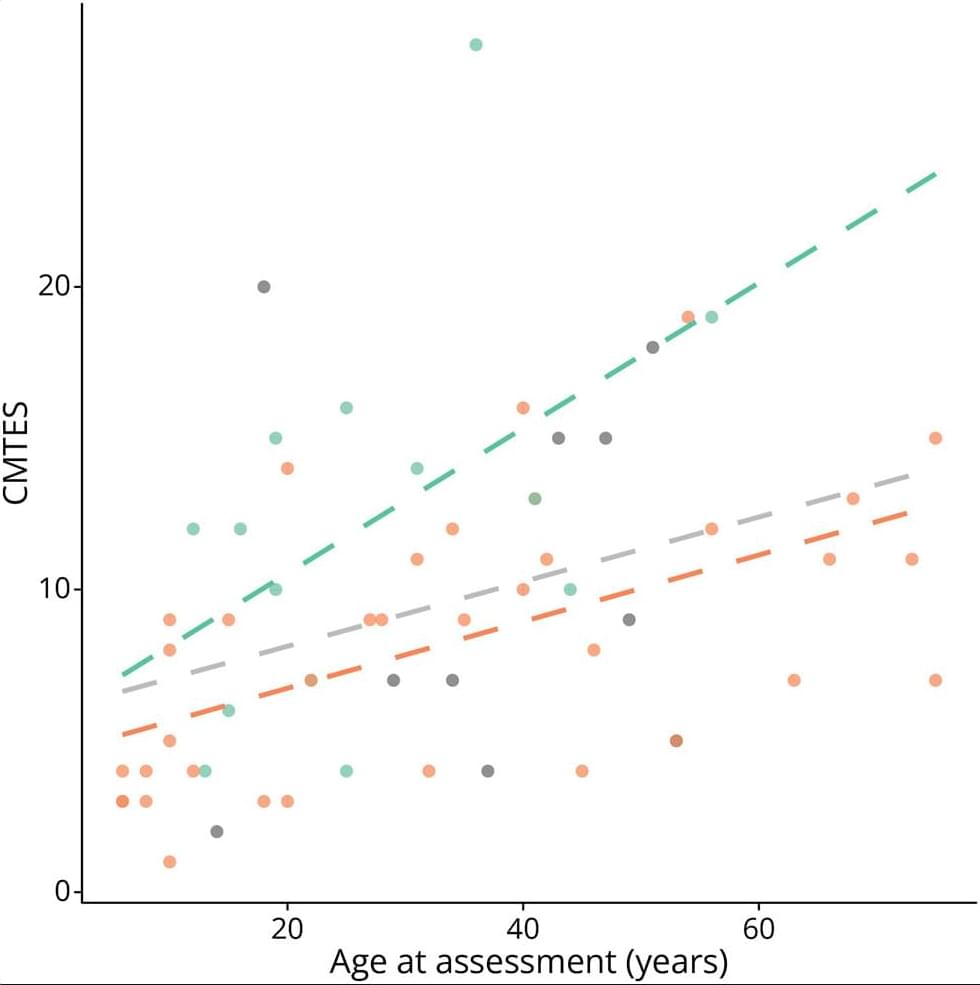
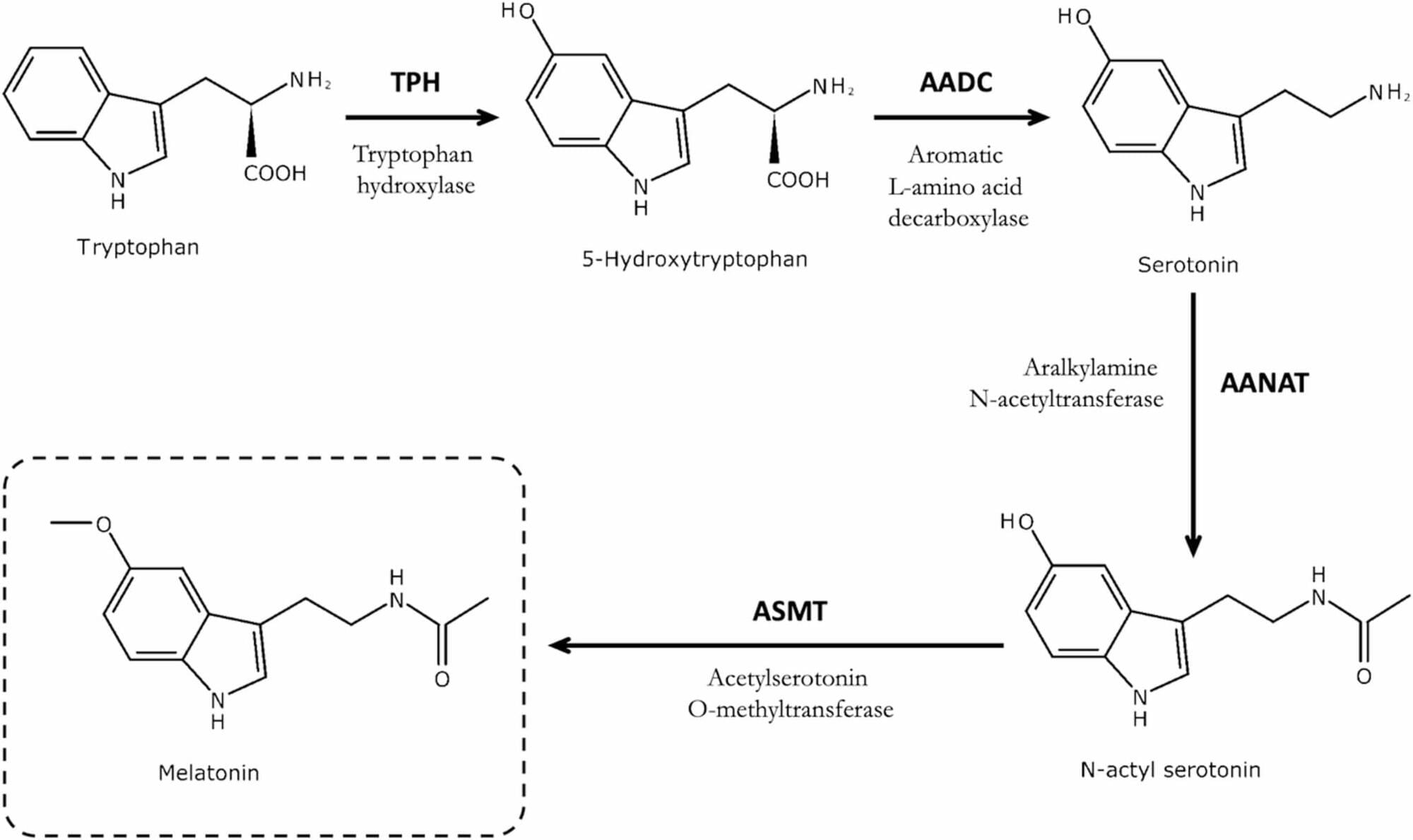
An ageing-related pathology has recently been described as one that develops and/or progresses with increasing chronological age, that is associated with, or contributes to, functional decline and that is evidenced by studies in humans. The pineal gland is a photo-neuroendocrine organ whose primary function is to produce and secrete melatonin in response to light-dark cycle environmental cues. The gland may undergo ageing-related structural and morphological changes, including calcification, gliosis, cyst formation, and reduced density of β-adrenergic receptors, which are hypothesised to reduce melatonin secretion.
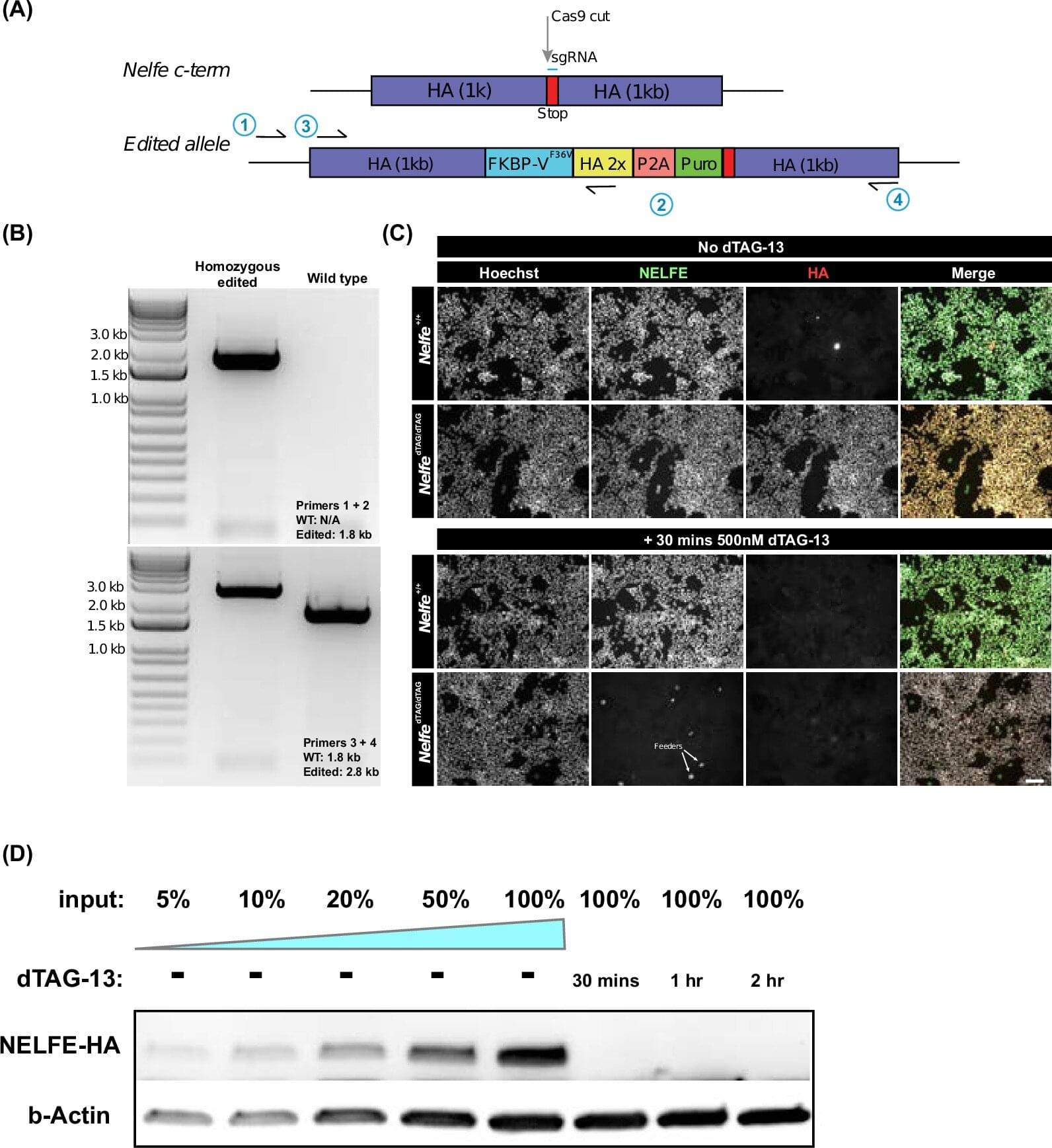
Humans have it. So does Drosophila. But not yeast. That “it” is a small pause at the start of gene activity—a brief molecular halt that may have helped life evolve from simple cells to complex animals.
A new study by Charles Danko, associate professor in life science and technology at Cornell’s Baker Institute for Animal Health and in the Department of Biomedical Sciences in the College of Veterinary Medicine, and colleagues explores how this key step in gene regulation—promoter-proximal pausing—evolved across species.
Promoter-proximal pausing occurs just after a cell’s molecular “copy machine”– RNA polymerase II—is activated. The polymerase temporarily stops, usually after about 20 to 60 nucleotides or “letters” of the gene, waiting for further signals.
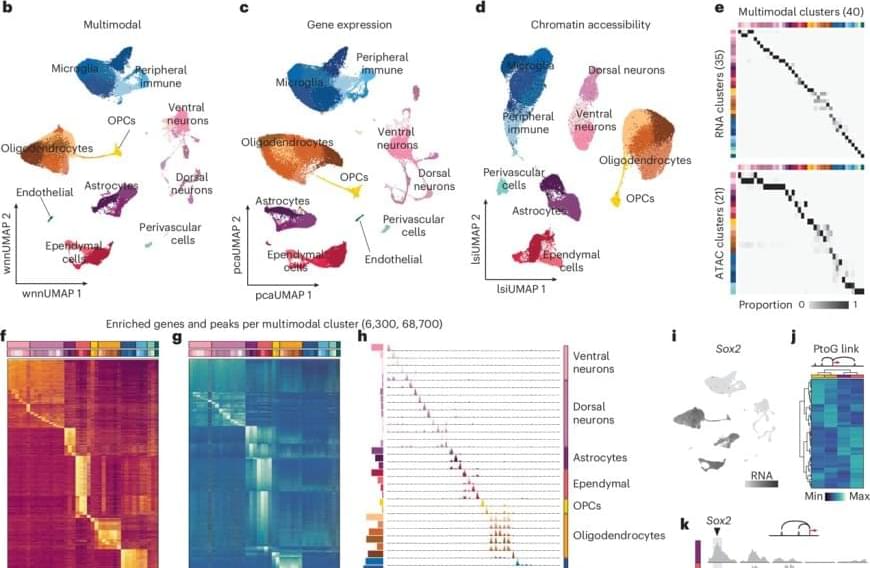
Through in vivo enhancer screening, the researchers also demonstrate that injury-responsive enhancers can selectively target reactive astrocytes across the CNS using therapeutically relevant gene delivery vectors.
“We have shown how cells read these instructions through a code that tells them how to react to injury. This code combines signals from general stress factors with the cell’s own identity,” explains the researcher.
After a spinal cord injury, cells in the brain and spinal cord change to cope with stress and repair tissue. A new study published in Nature Neuroscience, shows that this response is controlled by specific DNA sequences. This knowledge could help develop more targeted treatments.
When the central nervous system is damaged – for example, in a spinal cord injury – many cells become reactive. This means they change their function and activate genes that protect and repair tissue. However, how this process is regulated has long been unclear.
Researchers have now mapped thousands of so-called enhancers; small DNA sequences that act like ‘switches’ for genes, turning them on or boosting their activity.
🧠💡 Thinking about organ transplants?
🔬 A team of scientists at the University of Wisconsin–Madison has achieved a groundbreaking milestone!
🌐 They’ve developed the world’s first 3D-printed brain tissue that mirrors human brain function.
🚀 This is a giant leap forward for research into neurological and neurodevelopmental disorders.
🖨️ Utilizing a horizontal layering technique and a softer bio-ink, this 3D-printing method allows neurons to weave together, forming networks similar to those in the human brain.
🔍 This precision in controlling cell types and arrangements opens new doors for studying neurological conditions, including Alzheimer’s and Parkinson’s disease.


In this Review, Saef Izzy and colleagues examine the therapeutic potential of stem cells in stroke, with a focus on neural and mesenchymal stem cells. They explore how these stem cells interact with brain immune cells to modulate the inflammatory microenvironment, restore blood–brain barrier integrity and promote tissue repair following a stroke.